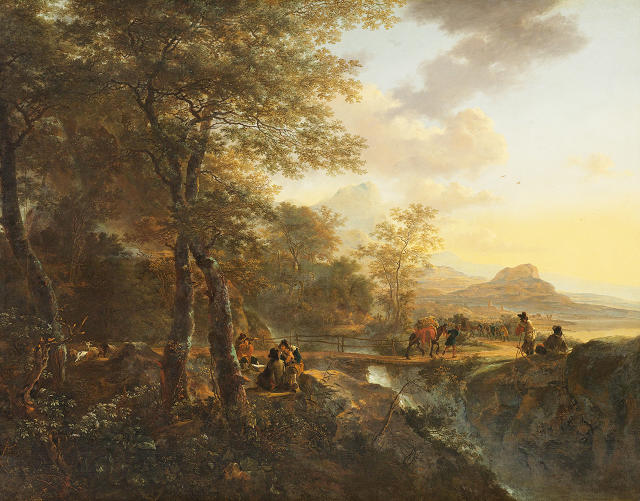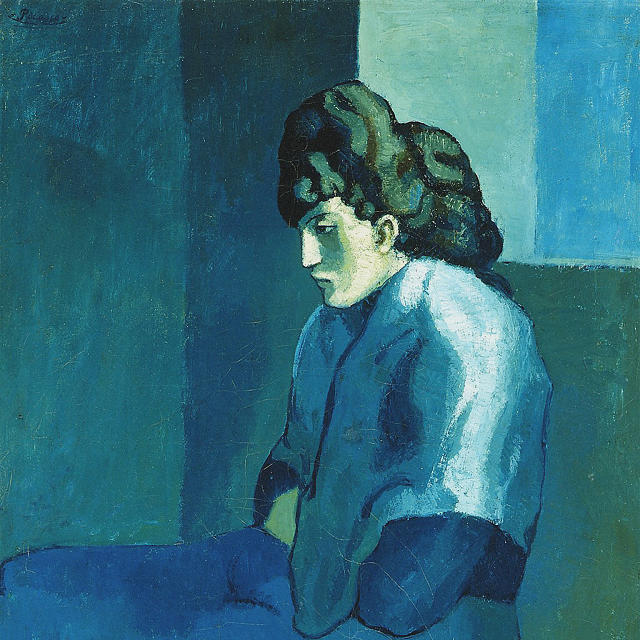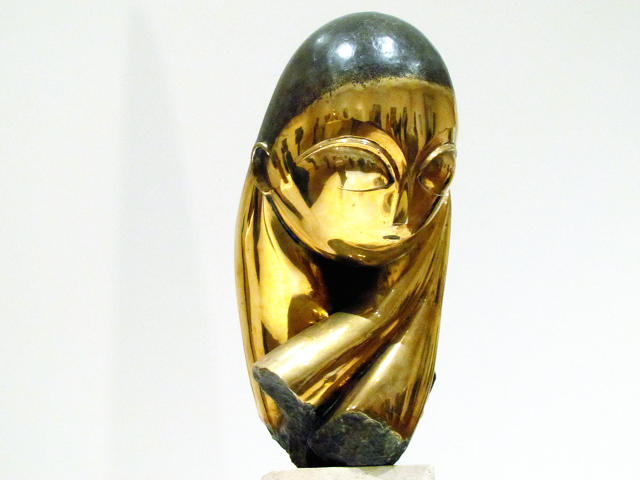The fascinating Science Of Aesthetics
Your preferences for the whole lot from filtered images to the color blue could also be rooted in biology.
June 4, 2015
Our aesthetic tastes are as distinctive as our DNA. Or are they? positive, you may adore a Cézanne nonetheless-lifestyles while your pal completely hates it. however analysis has shown that many individuals share sure aesthetic preferences, similar to panorama artwork and the color blue. Human biology may assist explain why.
A new find out about out of Yahoo Labs checked out what kind of aesthetics appeal to people, the use of a slightly new tool: digital photo filters. The researchers needed to understand whether or not manipulated photography on the net interact people greater than unfiltered ones. They assessed 7.6 million photos from Instagram and Flickr, and managed for variables just like the collection of followers and how many tags a photo had. the results showed a distinct distinction: individuals are 21% extra prone to view filtered photos and 45% extra more likely to touch upon them, in comparison with common photographs.

One reason behind this distinction could be that filters lend a hand inform a story. “people are adding filters to try and fit the narrative that’s of their head at the time when they take the shot,” says David Ayman Shamma, some of the find out about authors. any person might make a choice a faded, scratched filter for a photograph of a favorite old bar, and this previous-timey effect helps the viewer’s understanding of the picture. If a filter lets our brains process the content material of a photograph extra simply (one thing known as “perceptual fluency”), it could actually make us like the image extra.
Filters may also stir up thoughts that draw individuals to the picture. The learn about authors observe this connection—their findings mirror different studies displaying that emotional response drives folks’s engagement in social media. “Filters could impact how the viewer feels,” explains Oshin Vartanian, a psychologist who studies cognitive neuroscience at the college of Toronto Scarborough, and who wasn’t concerned within the find out about. “And there’s sturdy proof for a link between an emotional response and aesthetic preferences.”

The Yahoo Labs learn about is solely the newest addition to centuries of notion on aesthetics—scientific and otherwise. In some other (largely tongue-in-cheek) attempt to identify individuals’s inventive tastes, two Russian artists surveyed folks in 10 international locations within the Nineteen Nineties to seek out out their “most needed” and “least wished” paintings. The pair polled over 10,000 individuals in China, Denmark, Finland, France, Iceland, Kenya, Russia, Turkey, Ukraine, and the united states about their aesthetic preferences by means of asking questions like “What’s your favorite colour?” and “Do you prefer indoor or outside scenes?”
The survey outcomes revealed that people the world over generally liked—and disliked—a few of the similar issues in art work. All 10 international locations most well-liked the color blue, which isn’t a surprise. studies relationship again to the Nineteen Forties have shown folks offered with a palette of colors usually make a selection blue as their favorite. The everyday conception to give an explanation for this: people subconsciously associate colours with things of the identical coloration that they’ve seen in the past. So when any individual sees the colour blue, it reminds them of excellent blue skies and clear water, and this influences their desire for it. Blue skies and clear water actually have a universally certain association, which may give an explanation for why so many people throughout completely different cultures want blue.
The survey also discovered that folks typically didn’t like the colour yellow, a pattern considered in different research. bad associations most probably explain our aversion to yellow: “colours are a function of the experiences we’ve had, and speak to our shared setting,” explains Vartanian. “folks are likely to dislike colours in yellow—darkish yellow specifically—as a result of it’s generally related to illness and various undesirable issues we’ve come into contact with previously.”

The Nineties survey also found that the majority countries (except for one) liked panorama paintings. a few many years of analysis have similarly recognized the same choice for open countryside, green grass, timber, water—your usual panorama portray. the popular argument says this Savanna-like panorama speaks to our evolutionary history and common survival instincts. “We are likely to favor open environments that allow us to look for instruments and watch for predators, in addition to the ability to hide from predators (like in a tree),” Vartanian says. “If it looks as if the roughly setting through which that you must live on and thrive, you’re going to have a classy preference for it.” This mental review happens whether or not you realize it or no longer, and whether you’re looking at the actual scene or just a painting of a landscape.

the vast majority of individuals surveyed for the project also disliked abstract artwork, and favored curvy strains over sharp, jagged traces—both inclinations likely rooted in how the brain works. Our desire for curvy traces is supported by means of almost a century of psychological research, and scientists have discovered it’s rooted in an evolutionary bias as neatly. analysis has found that after individuals take a look at a sharp object in an MRI scanner, it prompts a area of the brain (known as the amygdala) that responds to threat, whereas curved objects don’t elicit this mental response. “Sharp objects in our earlier were associated with danger,” Vartanian says. “This association has stayed with us, even if the atmosphere we reside in these days is moderately different.”

And as for summary artwork: smartly, it’s not exhausting to figure out why many individuals don’t like it. An summary portray is highly conceptual, which means that it takes a lot more vitality to keep in mind, whereas representational art has a storyline that the viewer can right away practice. much like the picture filters, we typically desire photography which are easier to process. Vartanian notes that this bias doesn’t practice to individuals skilled in visual arts—they have a tendency to love summary artwork way more. And there’s a variety of information exhibiting that individuals with experience in visual arts understand paintings very otherwise general than anyone untrained, so their aesthetic preferences most definitely vary from the typical particular person on the whole.
whereas analysis has found out some overarching aesthetic preferences, our creative tastes will always differ from person to person. “i believe that’s some of the risks of this analysis,” says Bevil Conway, a neuroscientist at Wellesley Collge, “You don’t wish to be like some scientists who say that making nice work requires X, Y, and Z, and ‘listed here are the thirteen issues that make a perfect image.’” as a result of clearly, blue landscapes aren’t everyone’s favorite form of portray—it’s a ways extra sophisticated than that.
(155)














